I've been a fan of mechanical keyboards for over four years now. Ever since I moved from a Cooler Master membrane keyboard to a cheap mechanical keyboard, I knew I was never going back. A single keyboard turned into over a dozen, but there was one type of keyboard I ignored for a long time — low-profile keyboards. I loved the distinctive sound and feel of mechanical keyboards, and didn't want to sacrifice them by going low-profile.
After using multiple low-profile models, however, I not only realized I was wrong, but I also switched to one permanently. The enhanced comfort, accuracy, and portability were too good to let go of.
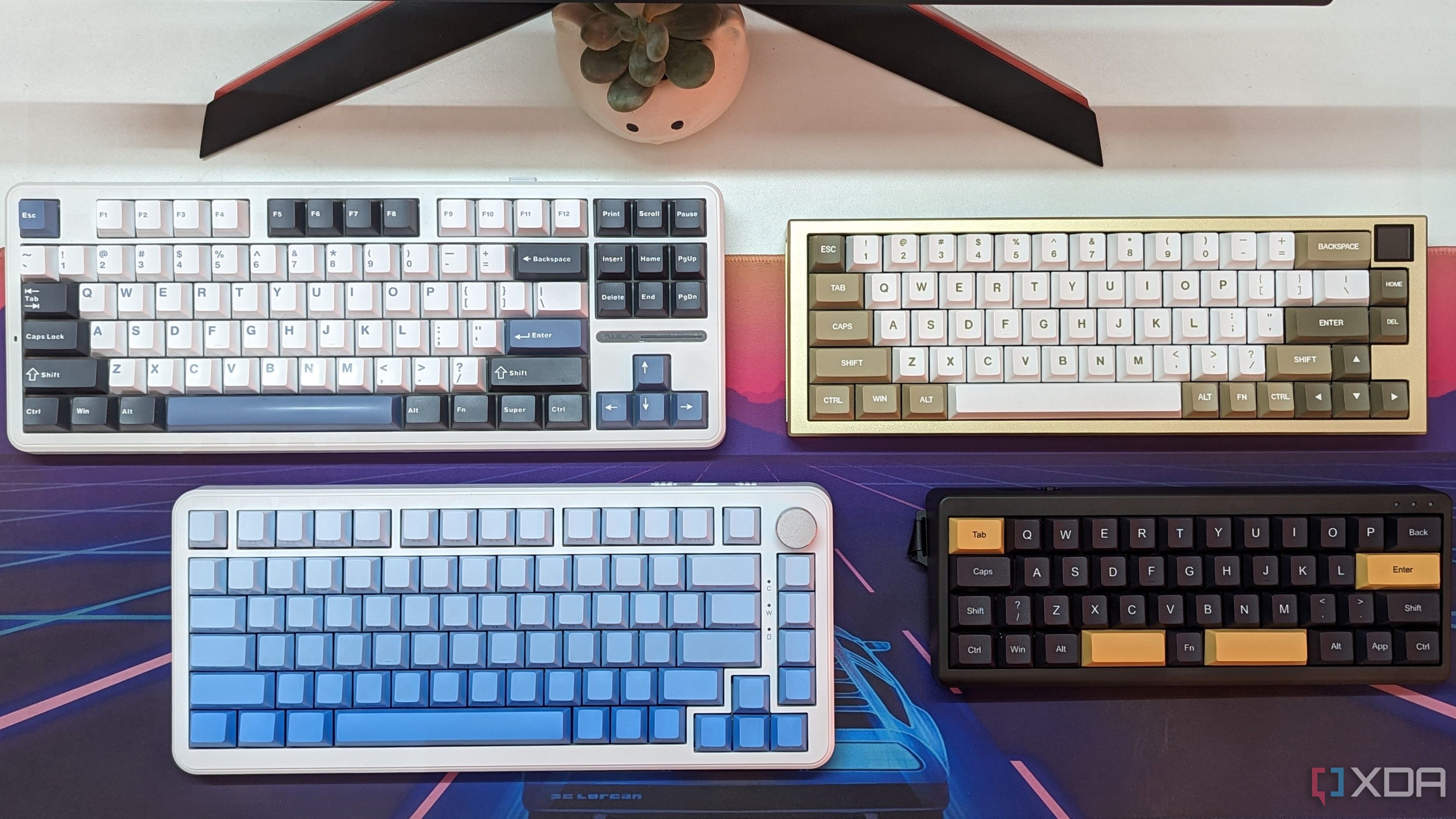
Related
5 signs my mechanical keyboard obsession is now out of hand
I got into mechanical keyboards late, but it's hard to get out now
5 The typing experience isn't as bad as I feared
You're not sacrificing much
The biggest reason I avoided low-profile keyboards for so long was the fear of losing the "thocky" typing sound of my regular mechanical keyboards. Naturally, the shorter travel distance will result in a relatively muted sound and feel compared to regular keyboards. However, I had overestimated the degree to which this would happen. The Asus ROG Falchion RX Low Profile, for instance, packs dual-layer sound-dampening foam and premium materials that result in a premium typing experience.
Even the Logitech G515 Lightspeed TKL packs in sound-dampening foam and pre-lubed switches to satisfy mechanical keyboard lovers. It turns out you don't need to choose between a great typing experience and a low-profile form factor anymore. Low-profile keyboards might not boast acoustics as premium as those found on their regular-height cousins, but they have started to do the most they can within the limitations they have.
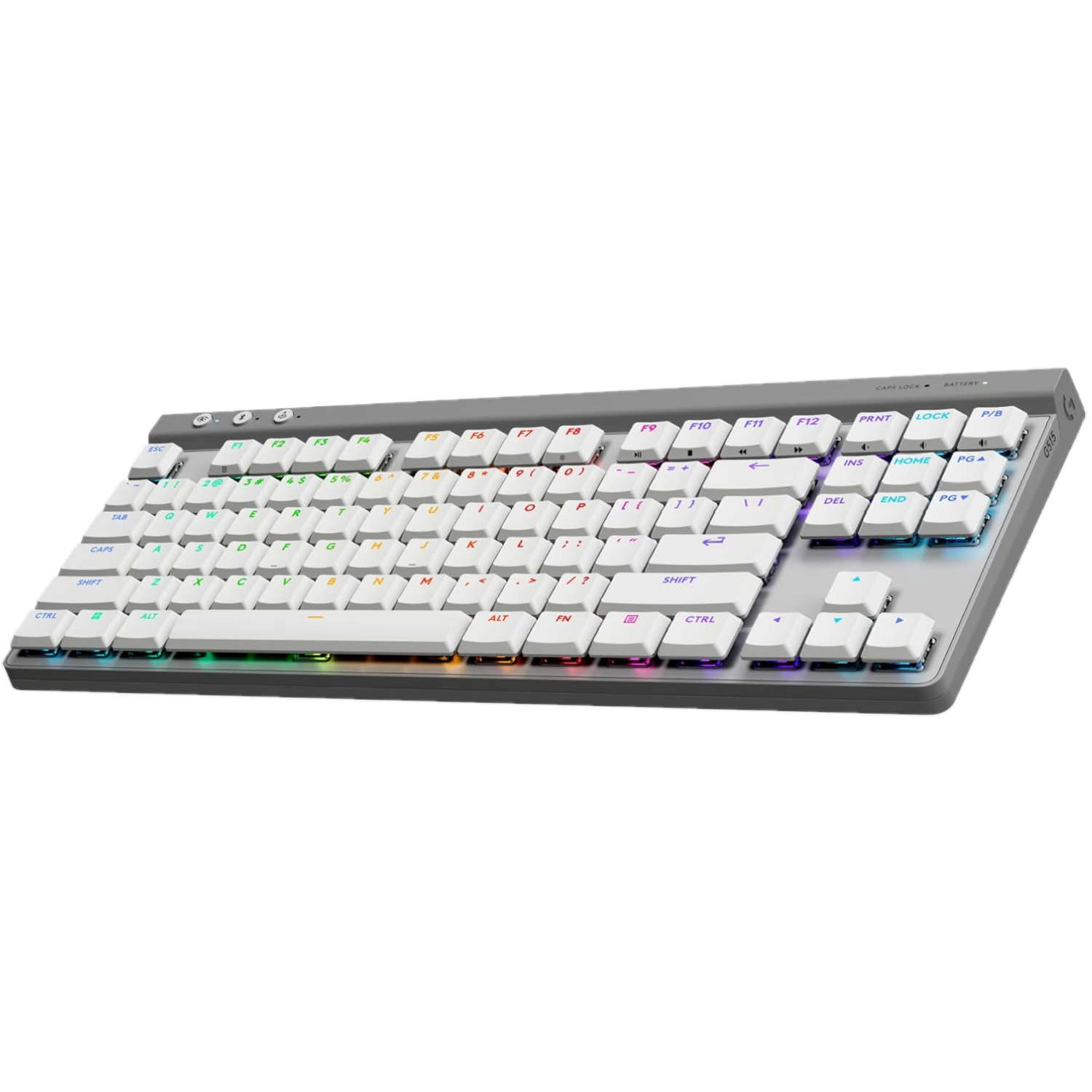
Form factor TKL (tenkeyless)
Switch options GL low-profile tactile or linear
Colorways White, Black
The Logitech G515 Lightspeed TKL aims to be the go-to option for gamers looking for a fast, comfortable, and low-profile mechanical keyboard. While the competition is tough in this segment, the G515 Lightspeed TKL manages to make a space for itself, thanks to its striking design, silent typing experience, and plenty of customization options.
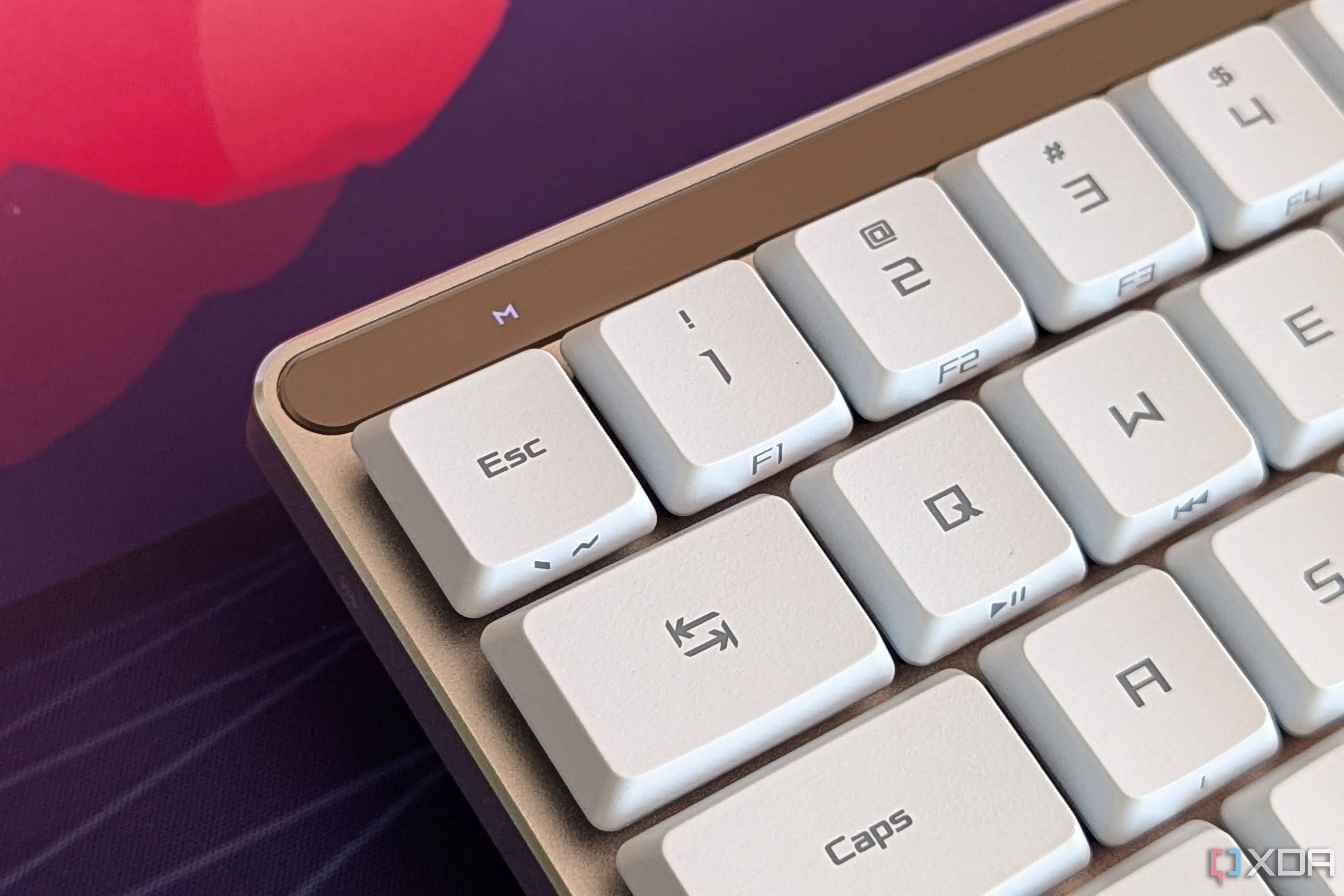
Related
3 reasons I was dumb to ignore low-profile mechanical keyboards for so long
Low-profile keyboards have a lot going for them - I wish I had realized that sooner
4 I can use a single keyboard for home and travel
Without weighing my backpack down
Portability is a crucial factor for professionals who frequently carry their keyboards on the go. I can't do without a proper keyboard when I'm working on a laptop in a café or hotel room. Taking one of my regular keyboards with me, however, is a pain. The added weight is too much when I already have to carry a heavy laptop, charger, and a million other things when traveling.
This is where a lightweight, low-profile keyboard saves the day. For instance, I like to carry the Lofree Flow Lite instead of, say, my Aula F87 on my work trips. The convenience that comes with a keyboard that you can easily throw in your bag is underappreciated. Sure, a light keyboard with a plastic case might not sound as premium as my other keyboards, but when I'm traveling, portability trumps everything else (I'll never move to 40% keyboards, though).
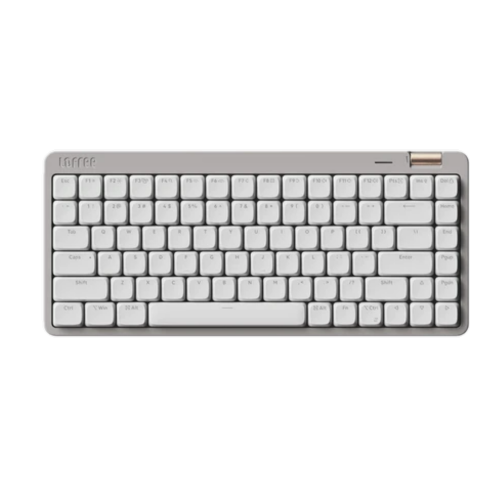
Form factor 75%
Switch options Specter & Hades Kailh low-profile linear
Colorways Off-White, Marble, Flamingo
The Lofree Flow Lite is the successor to the popular Lofree Flow, designed to be more affordable, comfortable, convenient, and customizable than the original. Available in a variety of colors in multiple switch options, the Flow Lite mostly succeeds in its mission to create a low-profile keyboard for everyone.
3 I'm more accurate and productive now
That's the bottom line, isn't it?
At the end of the day, your keyboard should make your work easier. It's not like I was struggling to write or play games on any of my regular keyboards, but when I switched to a low-profile keyboard, I found myself making far fewer typos. I was also typing faster, completing articles quicker, and feeling my fingers glide over the keyboard when gaming. The shorter travel distance of a low-profile keyboard is the main reason why.
Instead of lifting and pressing keys, I feel like I make far less effort when typing on a low-profile keyboard. The higher productivity is one of the biggest reasons I made the switch. I do return to one of my other keyboards now and then, but I can't stay away from my low-profile keyboard for more than a few days.
2 My fingers and wrists don't hurt anymore
Avoiding chronic conditions
Whether you're spending 6 hours writing articles or enjoying long gaming sessions, a keyboard should make it as comfortable as possible. Only after moving to a low-profile keyboard did I realize that I didn't have to put up with the pain in my wrists and fingers. I not only made my job a little easier on my hands, but also probably avoided the risk of Repetitive Strain Injury (RSI).
The shorter travel distance of low-profile keyboards combined with the more comfortable typing angle means your fingers and wrists aren't under as much strain, especially for those who spend long hours at their desks. By switching to a low-profile keyboard, you're doing yourself a favor without sacrificing performance, features, or even typing experience.
1 Bonus: I can enjoy a silent typing experience
When I'm in the mood for one
Although this particular reason isn't a huge factor in my switch (since I enjoy a thocky keyboard), the silent typing experience of a low-profile keyboard is still enjoyable. People who need a silent keyboard in an office environment or a co-working space will highly value this feature. I work from home while my partner is away at the office, so the loudness of my keyboard doesn't bother anyone.
After switching to a low-profile keyboard, however, I don't miss the signature "clack" or "thock" of my regular keyboards as much as I thought I would. The soft and smooth typing of my low-profile keyboard is pleasant in its own right, and many people will prefer it over the alternative.

Form factor 65%
Switch options Linear, clicky
Colorways White
The Asus ROG Falchion RX Low Profile mechanical keyboard successfully conquers both work and play departments. The low-profile optical switches and dual-layer sound dampening make this a silent and effective keyboard.
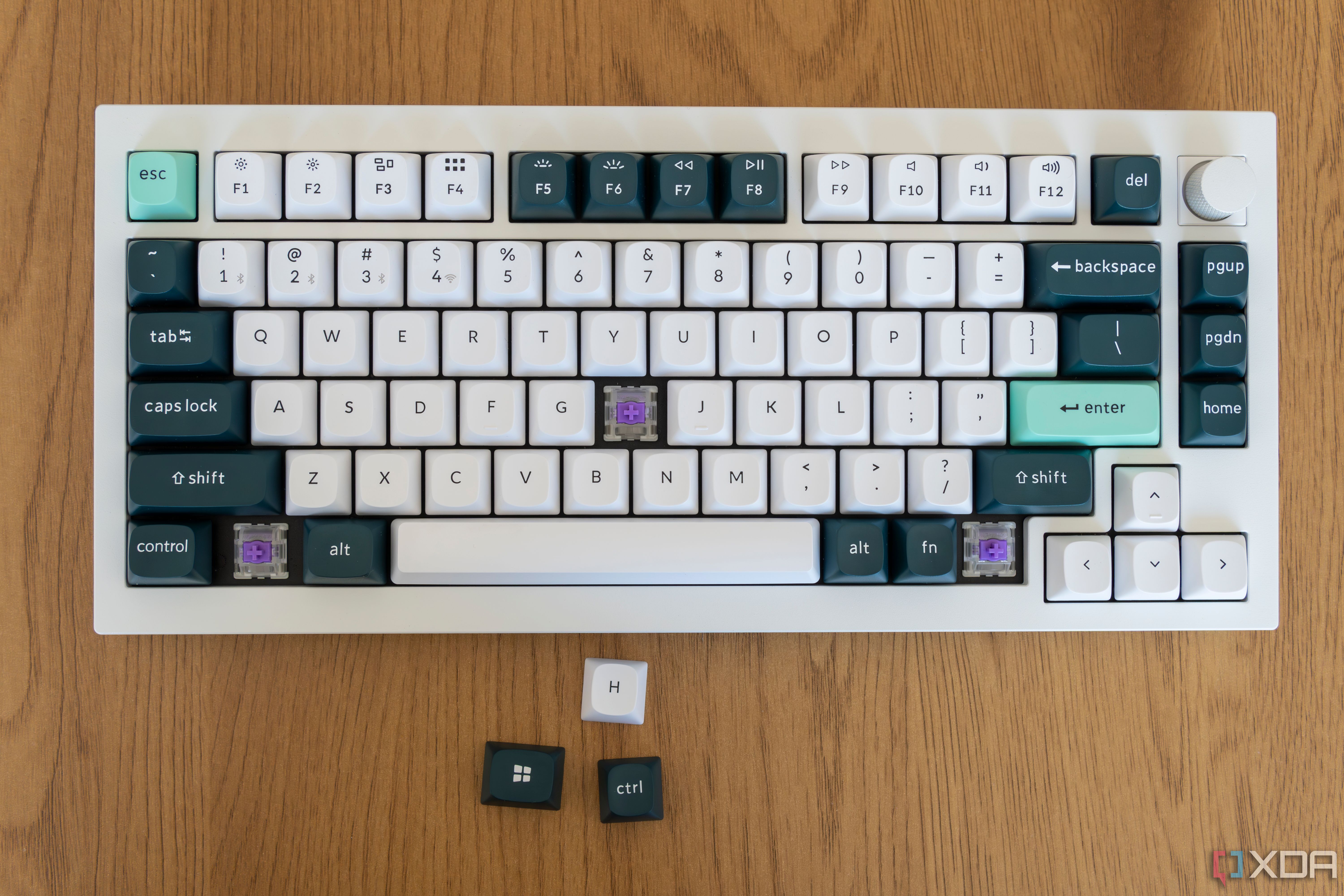
Related
6 features to look for when buying a silent mechanical keyboard
For personal satisfaction or sparing your coworkers, your silent mechanical keyboard needs these key features
Low-profile keyboards deserve more love
While laptop users may naturally gravitate toward low-profile keyboards, mechanical keyboard enthusiasts usually prefer full-height models. There are still some myths surrounding low-profile mechanical keyboards that keep many people from ever trying them out. They actually offer a great typing experience, can improve your accuracy and productivity, be easier on your wrists, and even accompany you on your travels. If those aren't reasons enough for you to give them a shot, I don't know what will do the trick.
.png)
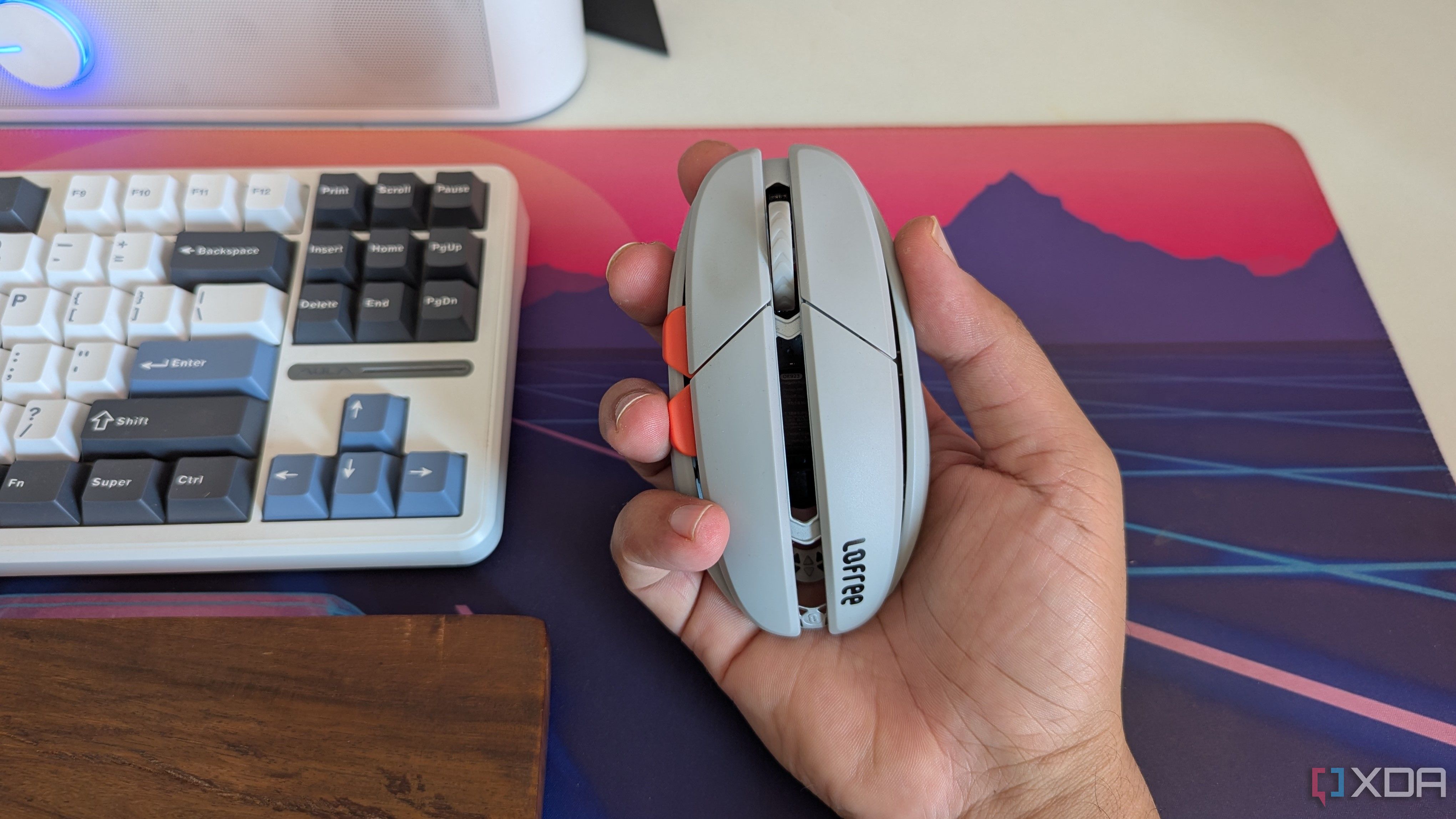
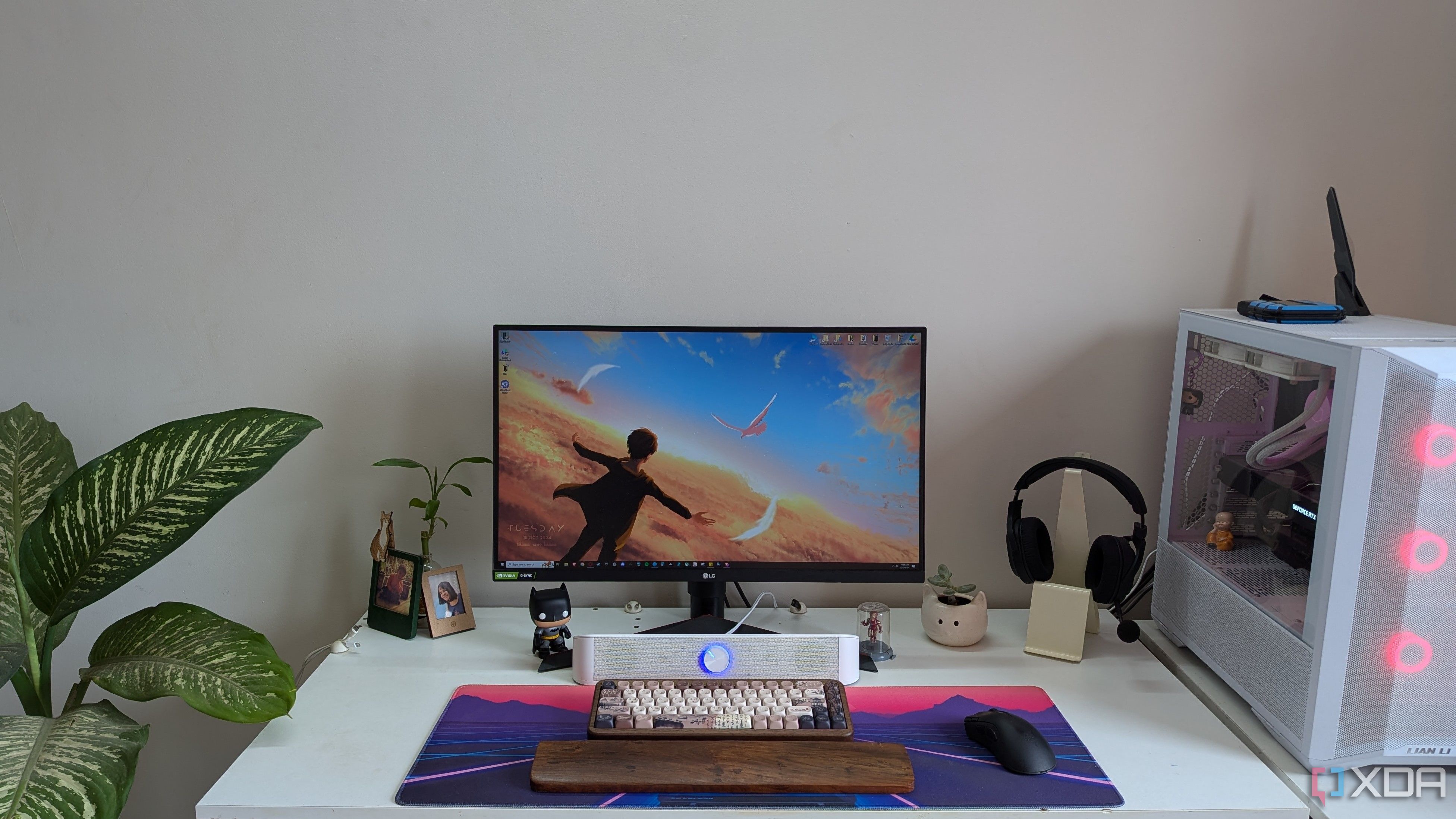
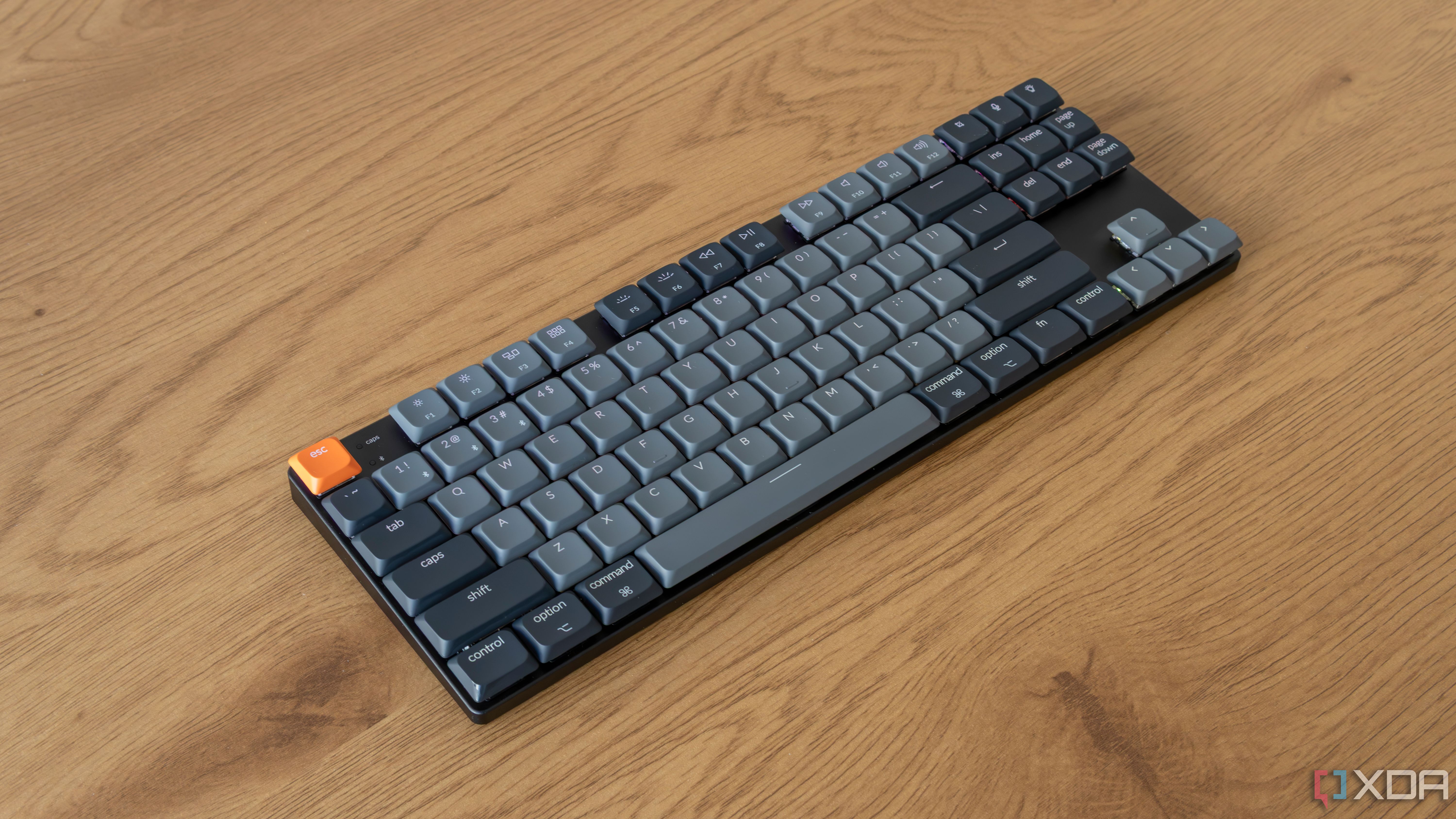




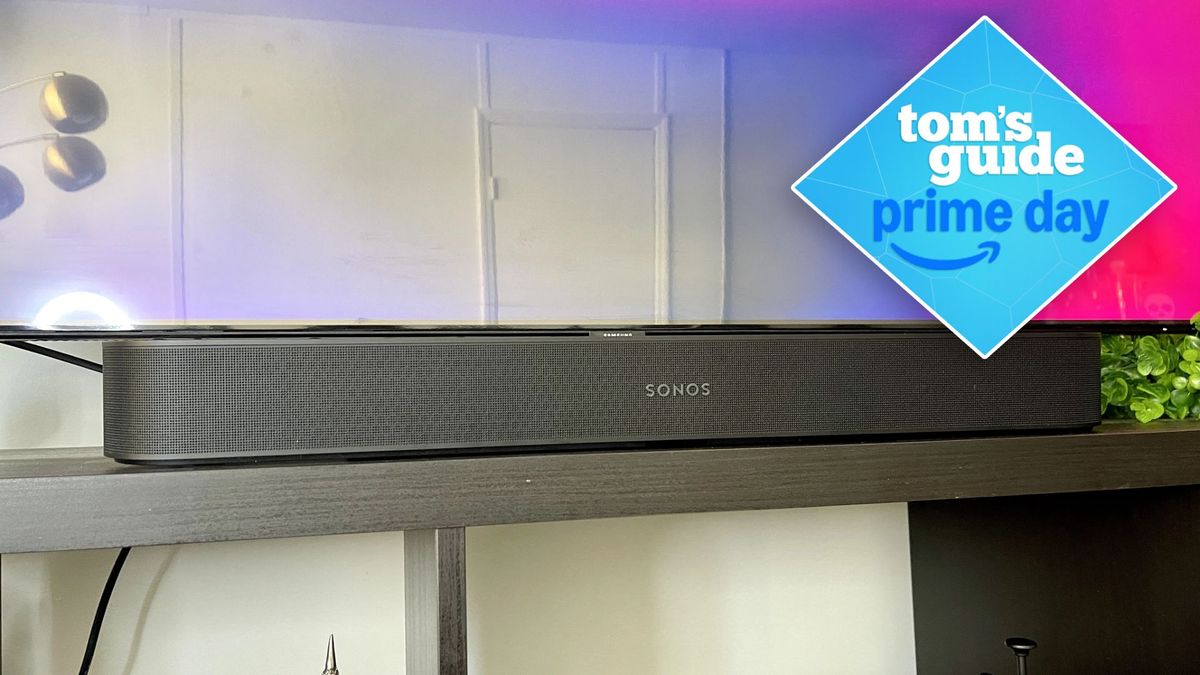






 English (US) ·
English (US) ·